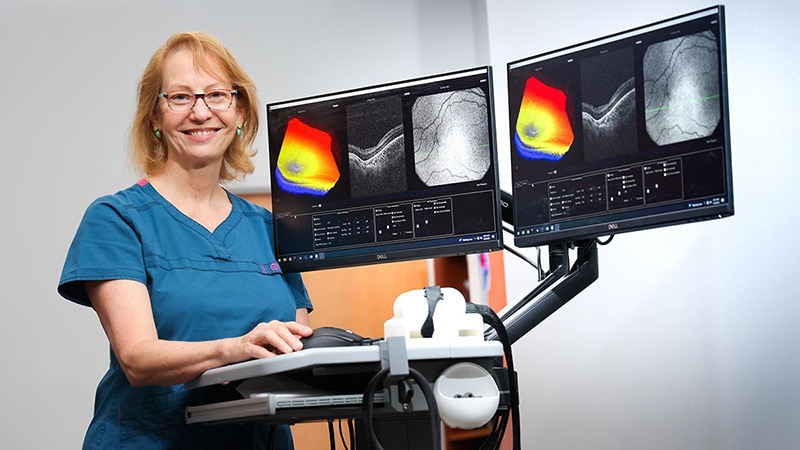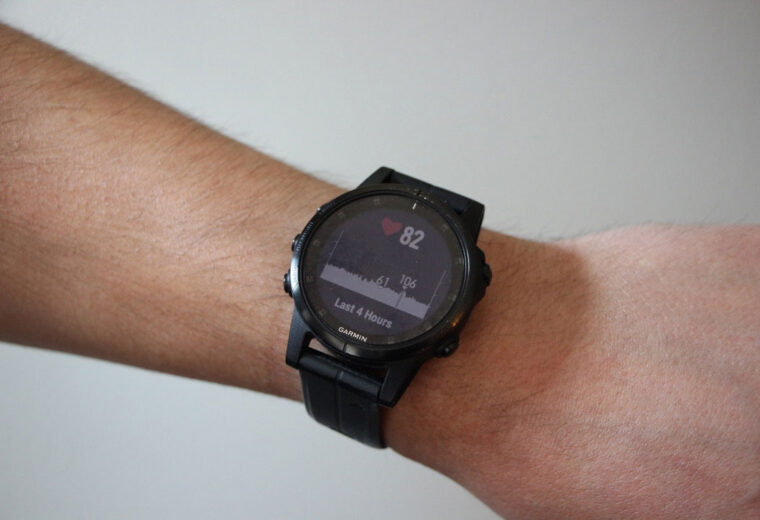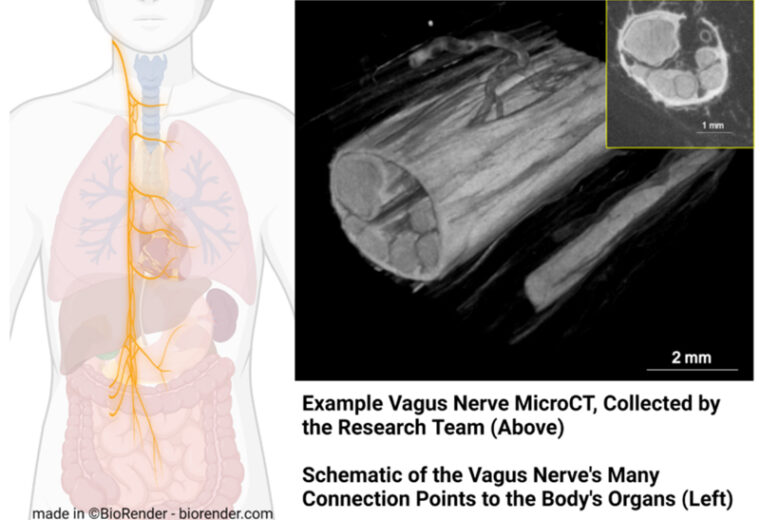
Gel-Like, Radioactive Implant Obliterates Pancreatic Cancer in Mice
Combination of internal radiation and chemotherapy dissolves tumors in 80 percent of mice across multiple models

Combination of internal radiation and chemotherapy dissolves tumors in 80 percent of mice across multiple models

Cynthia Toth has spent the past 25 years closely collaborating with Duke Engineers to revolutionize retinal imaging for both adult and pediatric ophthalmology

Data from smartwatches can help identify people with likely COVID-19 infections, enabling physicians to catch more cases with fewer tests

Open-ended, $3.5 million award will help tie complex models of blood flow to simple heartbeat measurements through AI

NIH awards $15.75M to research team led by Case Western Reserve University and Duke University to map the vagus nerve

New encryption method uses simulated bacterial growth based on specific initial conditions to form patterns corresponding to letters

New nanoparticle shape can greatly enhance signals from multiple separate biomarkers at once, accurately detecting head and neck cancers without biopsies

Cryogenic electron microscopy (Cryo-EM) rapidly creates high-resolution images of the smallest pieces of proteins at the atomic level.

High levels of horizontal gene transfer could help researchers engineer useful microbiomes independent of unstable population dynamics

This year’s DST Seed Grant winners represent the great potential for significant medical, engineering and scientific contributions to region and nation.

Tracking how neural progenitor cells respond to biochemical signals while moving and growing through a biocompatible jungle gym could help develop brain-healing

Warren Grill and his collaborators developed a winning vision for their neuromodulation therapy